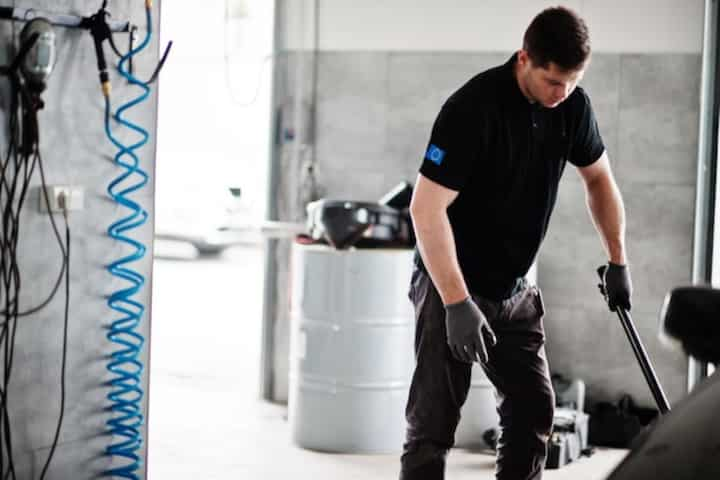
Expert Water Damage Cleanup Services in Kenosha
Water damage can strike unexpectedly, leaving homes and businesses in Kenosha in need of immediate attention. Whether caused by natural disasters, plumbing failures, or other unforeseen events, the consequences can be severe and long-lasting. Addressing water damage promptly is crucial to mitigate further deterioration and restore the affected area to its original condition. This article explores the essential components of expert water damage cleanup services, ensuring that affected individuals and businesses in Kenosha are well-informed about the necessary steps and available resources.
Understanding Water Damage
Water damage can manifest in various forms, each requiring a unique approach to cleanup and restoration. It is essential to recognize the different categories and classes of water damage to effectively address the issue.
Categories of Water Damage
- Category 1: Clean Water - Originates from a sanitary source and poses no significant health risk.
- Category 2: Grey Water - Contains contaminants and may cause discomfort or illness if ingested.
- Category 3: Black Water - Highly contaminated and can cause serious health issues. This includes sewage and floodwaters.
Classes of Water Damage
- Class 1: Minimal water absorption and evaporation load.
- Class 2: Significant water absorption affecting the entire room, including walls and flooring.
- Class 3: Fastest rate of evaporation with water possibly coming from overhead, affecting ceilings and walls.
- Class 4: Specialty drying situations involving materials with low porosity, such as concrete or hardwood.
Initial Steps in Water Damage Cleanup
Effective water damage cleanup in Kenosha begins with a prompt and organized response. The initial steps are critical in minimizing damage and preventing further complications.
Assessment and Inspection
The first step involves a thorough assessment of the extent of water damage. Professionals use advanced tools and techniques to determine the affected areas and the type of water involved. This step is crucial for developing a tailored cleanup plan. Learn more in this detailed guide.
Water Extraction
Timely water extraction is vital to prevent mold growth and structural damage. High-powered pumps and vacuums are employed to remove standing water swiftly. Read more about this topic.
Advanced Drying and Dehumidification Techniques
Once the water is extracted, the focus shifts to drying and dehumidification. This step ensures that any residual moisture is eliminated, preventing further issues.
Effective Drying Strategies
- Utilization of industrial-grade air movers and dehumidifiers to expedite the drying process.
- Implementation of specialized drying equipment for areas with restricted airflow.
- Continuous monitoring of moisture levels to ensure thorough drying.
For an in-depth understanding of these strategies, find additional information here.
Mold Prevention and Sanitization
Mold growth is a common concern following water damage. Professional cleanup services incorporate mold prevention and sanitization techniques to ensure a safe environment.
Mold Remediation
Experts apply anti-microbial treatments to prevent mold colonies from forming. They also use air scrubbers and other equipment to purify the air and remove any airborne contaminants. Explore further insights here.
Restoration and Repair
The final stage involves restoring the damaged property to its pre-damage condition. This may include repairing or replacing damaged walls, flooring, and other structural elements.
Comprehensive Restoration Services
- Repairing drywall, flooring, and other structural components.
- Reinstalling carpets and other floor coverings.
- Providing painting and refinishing services to restore aesthetics.
With a comprehensive understanding of water damage and its consequences, individuals and businesses in Kenosha can take proactive steps to ensure effective cleanup and restoration. For more detailed information on water extraction and drying processes, visit this resource.